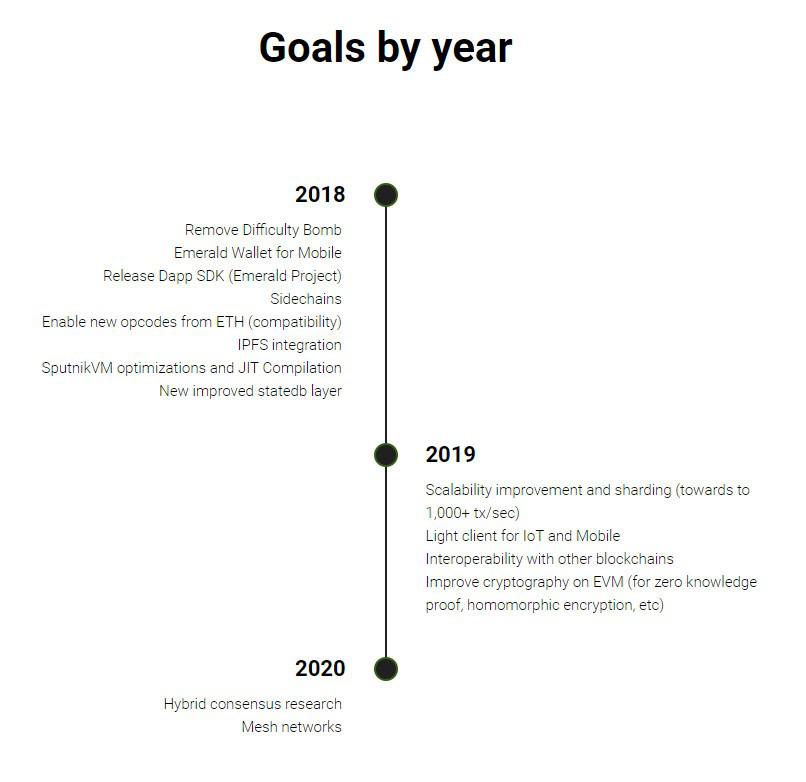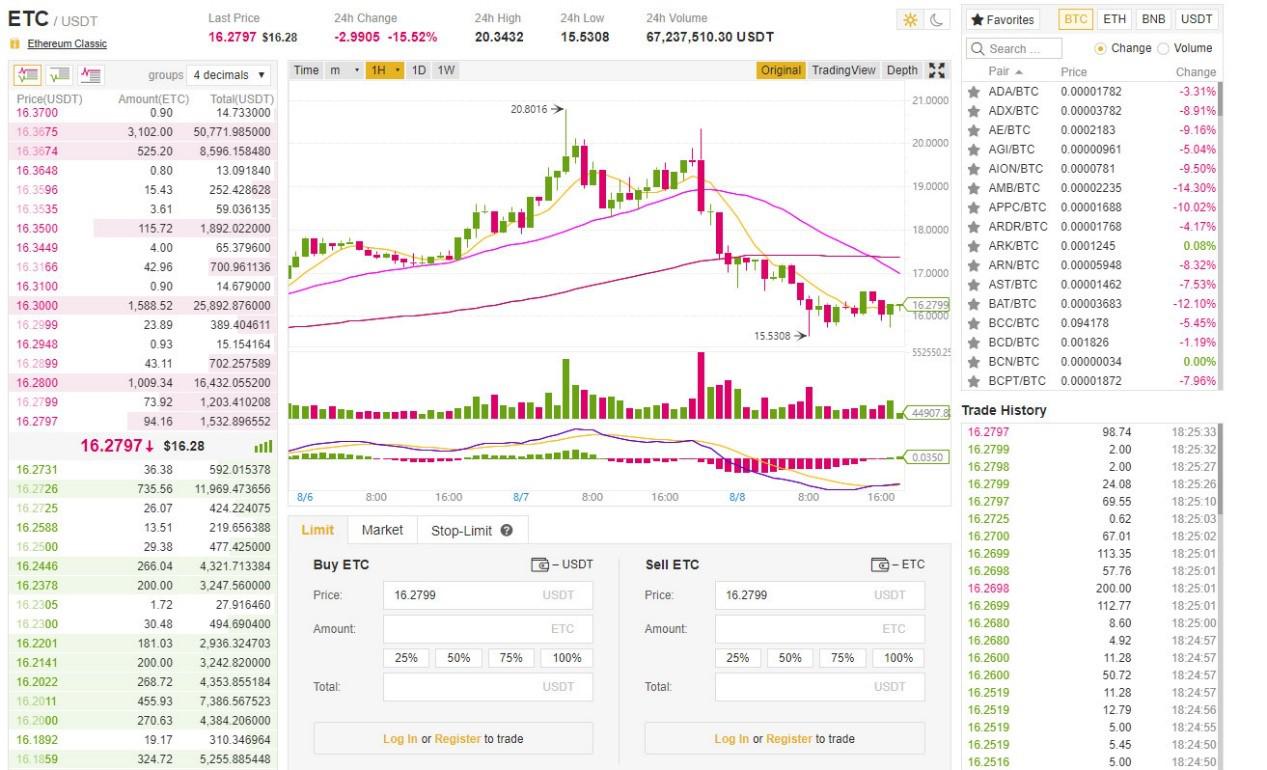Ethereum Classic (ETC) Review – The Truly Immutable Blockchain
| Name | Ethereum Classic |
| Ticker | ETC |
| Total Supply | 230,000,000 |
| Category | Blockchain Platform |
| Initial Price | $0.61 |
| Website URL | https://ethereumclassic.org/ |
Ethereum Classic believes strongly in a decentralized, censorship-resistant, permissionless blockchain which cannot be shut down and has irreversible smart contracts. As a result, it parted ways with Ethereum back in 2016. The coin has risen in value by 30% in the last month due to announcements that both Coinbase and Robinhood are adding it to their platform.

The Battle Between Ethereum and Ethereum Classic
Ethereum Classic split from Ethereum back in 2016 over both technical and philosophical differences. To Ethereum Classic proponents, the Ethereum hard fork and changing of its code was a result of a hack that should never have happened in the first place. After all, if the blockchain is supposed to be immutable, the system should be resilient to these types of attacks. For Ethereum proponents, the transaction was valid and executed. Ethereum Classic refers to Ethereum’s violation of fungibility and immutability, the two core proponents that bring peer-to-peer cash and smart contract-based systems value in its Declaration of Independence.
Ethereum Classic’s core belief is a decentralized, censorship-resistant, permissionless blockchain.
Here’s a more detailed version of what caused the rift between the two: It all started with the DAO. The DAO was an Ethereum project that was supposed to function as a decentralized venture fund with the aim of funding future DApps made in the ecosystem. The DAO was successful in raising $150 million in ether before the hack. A voting system was held to decide how to disperse the funds, via voting tokens. In 2016, the DAO was hacked, and over $50 million of its funds were displaced.
Although the action performed to withdraw the funds was valid on the Ethereum community, most of the Ethereum community decided to change Ethereum’s code to return money to investors and away from the attacker.
A small but vocal minority of participants did not agree with the decision, continuing to use the old version of the blockchain. This group strongly believed that the blockchain should be 100% censor-resistant and unable to be altered.
To make an otherwise long story short, Ethereum Classic is an alternative version of the blockchain in which the funds from the DAO attack were never returned to ether owners. Ethereum is a blockchain that did return these funds to its users.
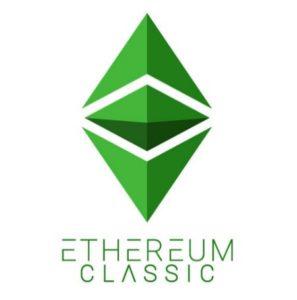
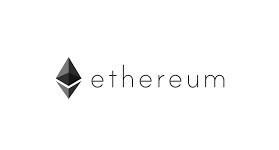
The Ethereum Classic Development Team
Unlike Ethereum, which has a very big development team, Ethereum Classic has a smaller group that is currently growing.
The Ethereum Classic development team, ETCDEV, work full time on Ethereum Classic projects. These projects include:
- Classic Geth, a main client for the ETC blockchain, which has contributed its own original projects such as the Emerald Platform. Geth has been maintained since the DAO fork, focusing on modularization, performance and making it more suitable to a business environment. Up to 50% of the current code has been replaced, rewritten or removed.
- The Emerald Platform also helps others develop on the Ethereum Classic blockchain. It is a software development kit (SDK) for building desktop, mobile, web and shell-scripting applications running on the Ethereum ETC blockchain.
- SputnikVM is a next generation Ethereum Virtual Machine (EVM). It has a separate embeddable EVM compatible with other Ethereum-based blockchains and IoT.
- Sidechains are also being implemented as a native part of ETC infrastructure with protocols to add scalability to bring ETC to IoT.
The team of Ethereum Classic includes its founder and CTO, Igor Artamonov, who has been a professional software developer since 2001 and has been writing code since 1995. He has deep knowledge of data processing for the cloud, Ethereum, and the blockchain. Igor is in charge of developing the tech strategy, products, and development goals. The team also includes a number of Go and Javascript developers.
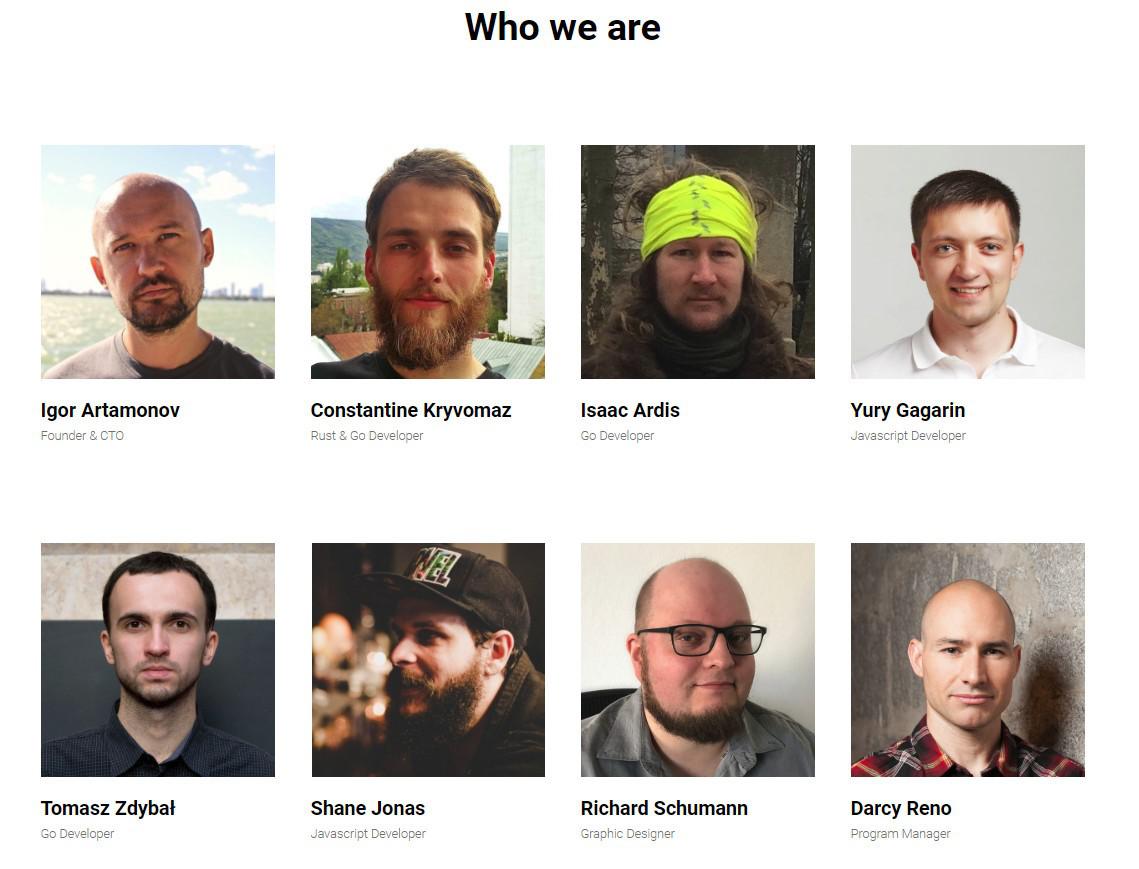
Ethereum Classic Partnerships
Ethereum Classic announced a partnership with Zeniex, a cryptocurrency exchange established by a group of financial and security experts from South Korea and China. The goal of the partnership is to develop the Ethereum Classic community in Asia.
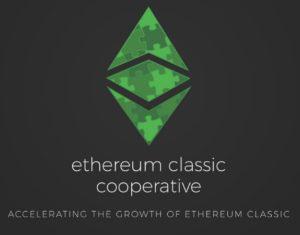
![]()
After the announcement in July of the Ethereum Classic Cooperative to use its surplus cash of $700k to focus on outreach and awareness of Ethereum Classic in the next 6 months, Ethereum Classic plans to develop more partnerships once Ethereum Classic is compatible with the Ethereum blockchain. As more projects move to Ethereum Classic, it should lead to more DApps being launched on it, increasing its value as a platform.
Coinbase and Robinhood Add Ethereum Classic
Robinhood, a US-based financial services company in California with a valuation of $1.3 billion in 2017, recently announced that users can now use Ethereum Classic on its cryptocurrency app. Users can now invest in Dogecoin, Bitcoin Cash, Litecoin, Bitcoin, Ethereum and Ethereum Classic using the app.
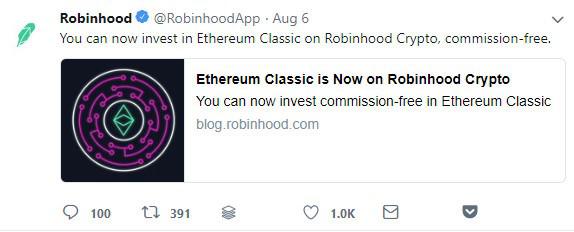
Almost coinciding with the Robinhood announcement, Coinbase, a digital currency exchange, also announced its adding of ETC to its listing. Coinbase recently announced final testing for the listing of ETC in preparation of offering support for the cryptocurrency across its many services.
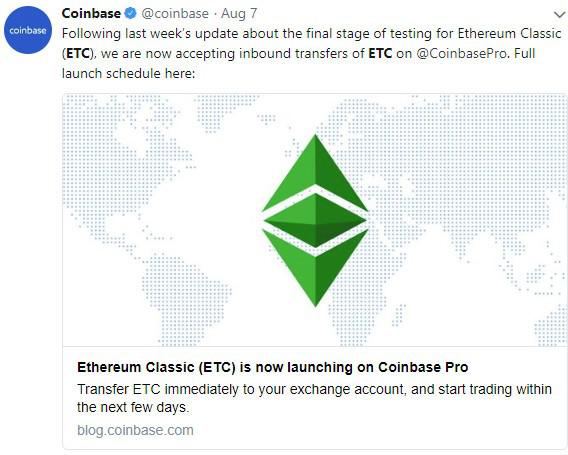
ETC Coin Price History
Ethereum Classic initially traded for $0.61 in July 2016. By January of 2018, it rose to $45.51. The price of Ethereum has been up by 30% in the last month, mostly due to the announcement in June about the listing of Ethereum Classic to the Coinbase platform as well as the announcement that users can now invest in Ethereum Classic on Robinhood Crypto.
Update: Coinbase has begun accepting Ethereum Classic deposits on its cryptocurrency exchange and has raised the buy limit to $25,000.
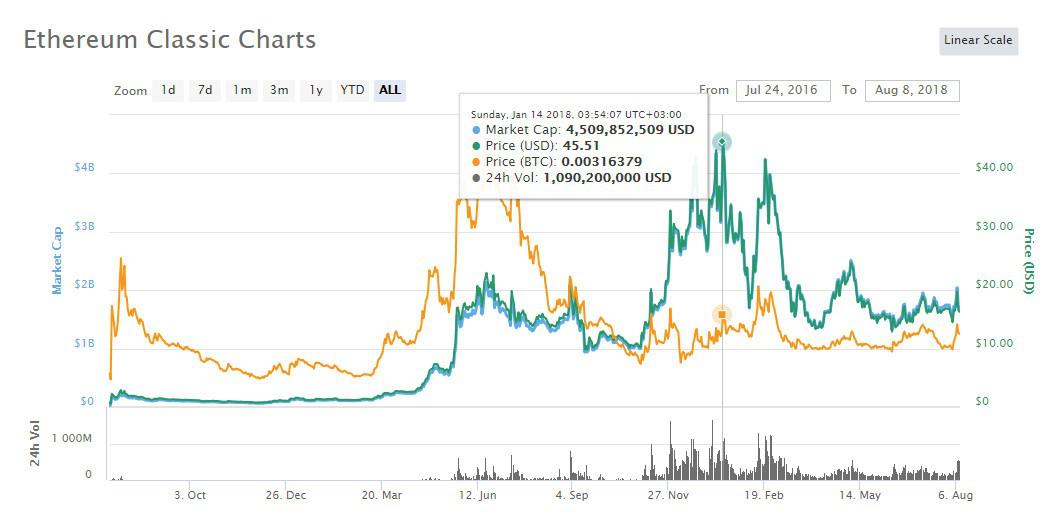
How Gas Works
Since Ethereum and Ethereum Classic share the same basic blockchain and ecosystem, they are both powered by GAS. GAS is the execution fee senders of Ethereum pay for every operation made on an Ethereum blockchain. It is purchased for ether from the miners that execute the code. Its purpose is to prevent spam on the network and allocate resources proportionally to requests.
The price of GAS is decided by the miners and it is obtained through adding ether to your account.
How to Purchase ETC
The main exchange for purchasing ETC is on Binance, which currently has the largest volume of the currency at over $87 million. ETC can be traded on Binance for USDT, ETH and BTC.
ETC is also available on the following currency exchanges:
- OKEx (Trade ETC with USDT on OKEx)
- BitForex (Trade ETC with USDT on BitForex)
- Bitfinex (Trade ETC with USD on Bitfinex)
- OKEx (Trade ETC with USDT on OKEx)
- Huobi (Trade ETC with USDT on Huobi)
How to Mine ETC
Ethereum Classic is a mineable coin. You can mine it from a number of mining pools. First, however, you need a GPU, 4+GB RAM, and Ethereum Classic account and a GPI miner with at least 4GB memory.
Nanopool is one pool where you can get started.
How to Store ETC
Ethereum Classic can be stored in any wallet that supports ERC-20 tokens such as Coinomi, MetaMask and MyEtherWallet.
You can also store ETC on the Emerald Wallet or the Classic Ether Wallet, both of which are available for download on the Ethereum Classic website.
For maximum security, however, you should store your Ethereum Classic on hardware wallets such as Ledger Nano S.
Roadmap and Future Plans
Ethereum Classic has a detailed development roadmap published on their website. In the short-term, it includes goals such as ensuring scalability through sidechains, developing IoT and machine-to-machine protocol, and assisting 3rd-party developers in building apps on top of Ethereum Classic. In the long-term, the coin aims to provide better security and encryption, interoperability with other blockchains, and a decentralized web.
The development roadmap does not include specific dates, but a specific list of development goals. In 2018, these goals include completing Emerald Wallet for Mobile, the release of Sidechains, and Sputnik optimizations. In 2019, Ethereum Classic wants to focus on scalability improvement, sharding and improving cryptography on the EVM for zero-knowledge proof.
